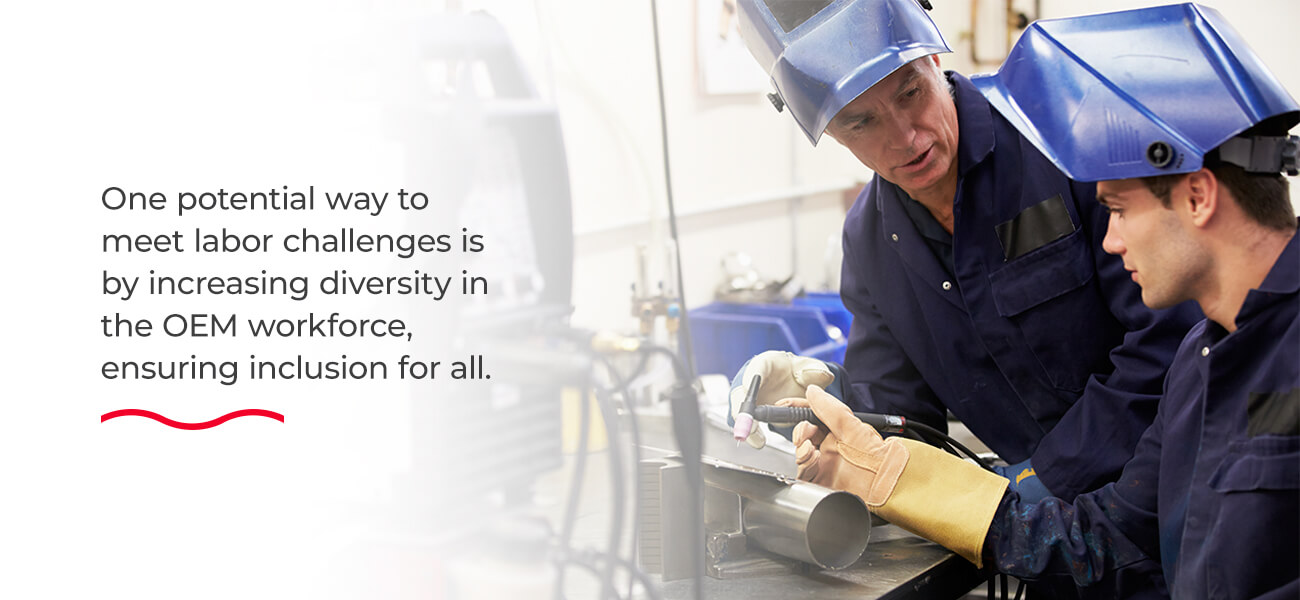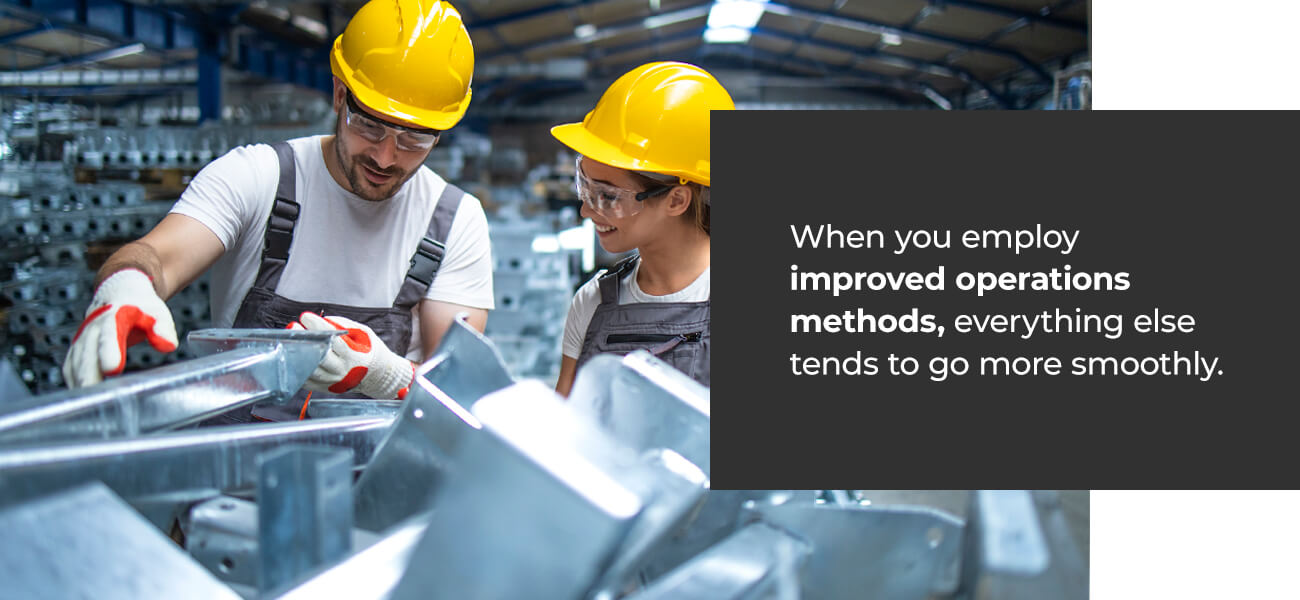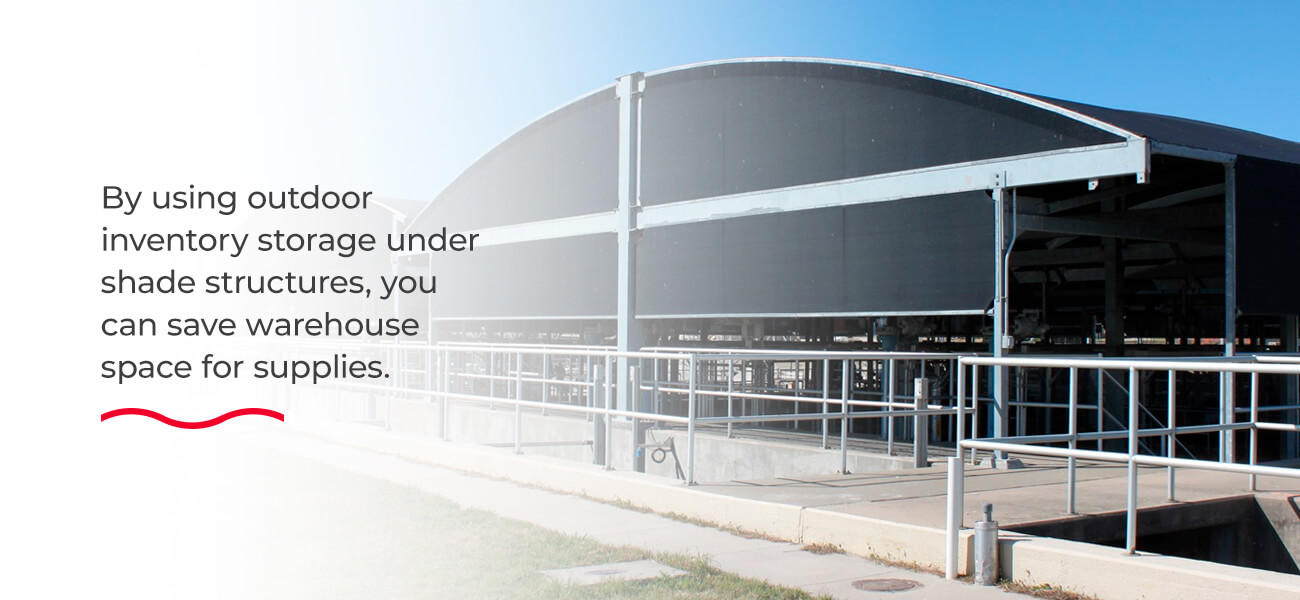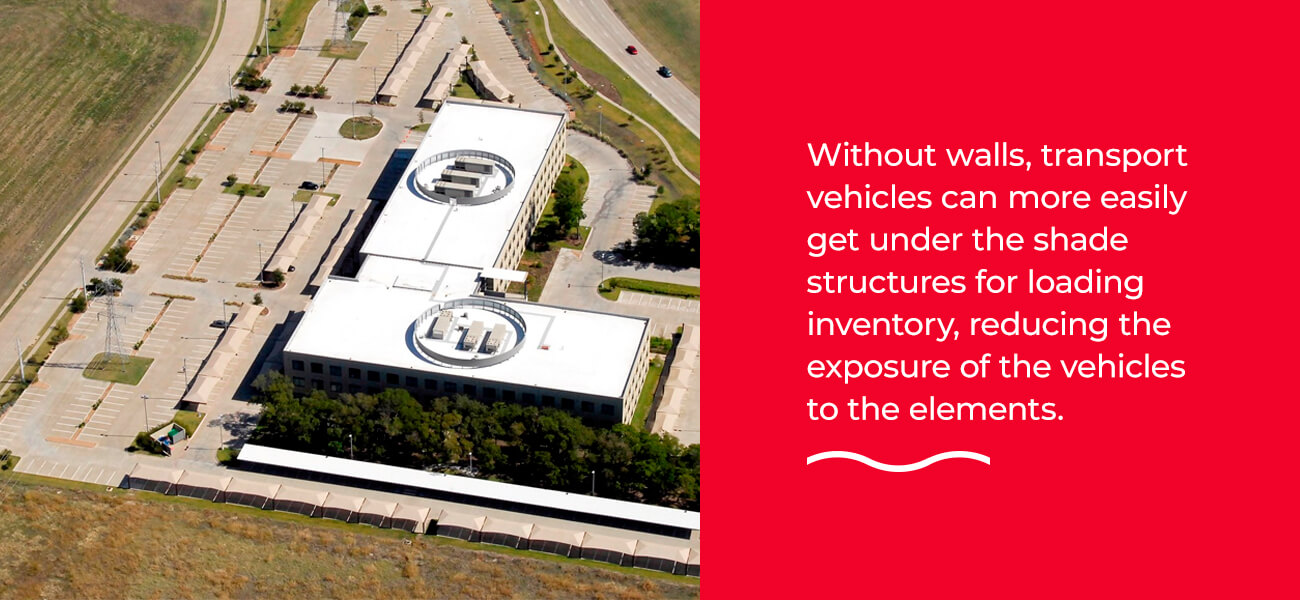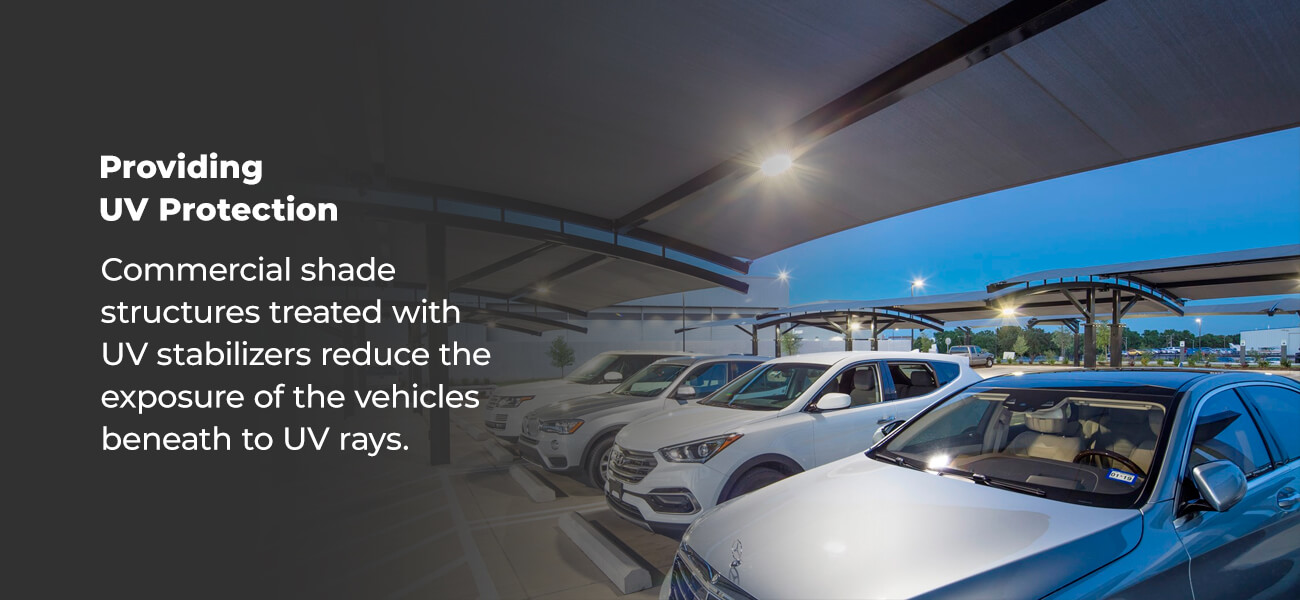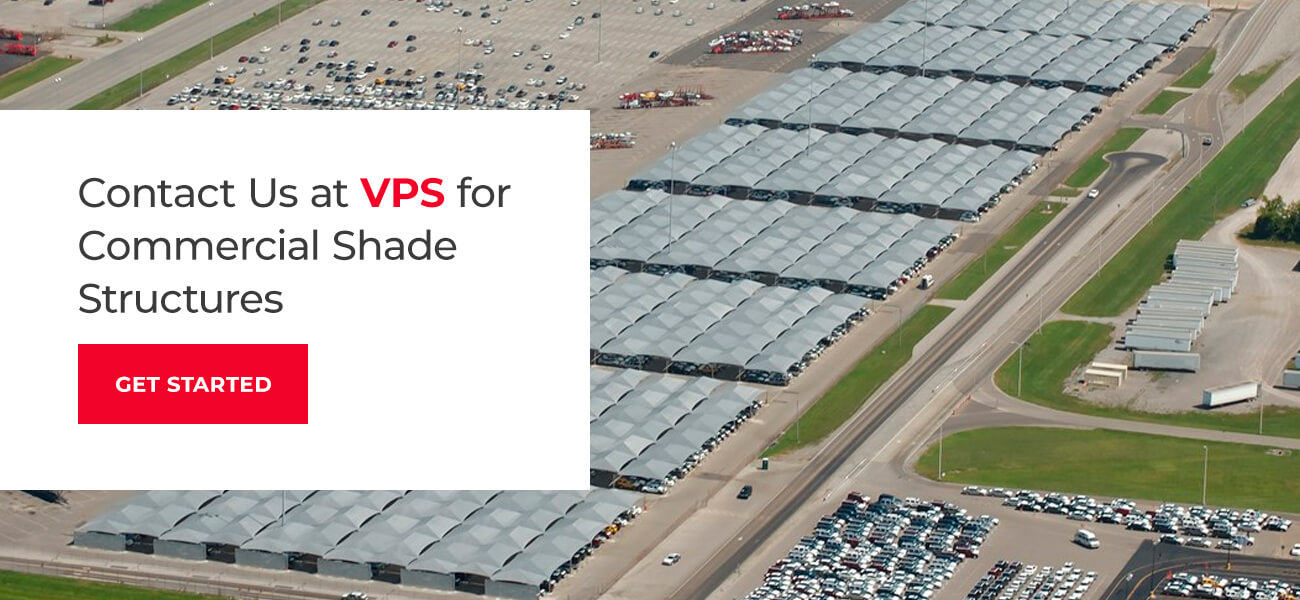Running an original equipment manufacturing (OEM) facility means finding the perfect balance to optimize productivity and efficiency. Since there are always opportunities for change, you may be searching for ways to improve OEM operations.
Educating yourself on the changes in the industry will give you the information you need to set goals. Using these goals, you can make the necessary changes to your operations or management to boost production, protect finished products, and improve worker satisfaction and productivity. Once the needed changes go into effect, you should monitor efficiency to measure the effectiveness of the changes. If successful, your operational improvements can save your facility money and improve the bottom line.
Read the full article or jump to a specific section:
- How OEM Operations Are Changing
- Tips for Improving Your Day-to-Day Operations
- Advantages When You Improve OEM Operations
- Contact Us at VPS for Commercial Shade Structures
How OEM Operations Are Changing
The first guideline for how to improve management for OEMs is looking at how operations across the industry are changing. Increased connectivity can offer a promise and a problem. Connections with others in the supply chain make the process more transparent. However, any facility with internet-connected devices faces greater cybersecurity risks. Facing these and other challenges are now requirements for OEM operations.


